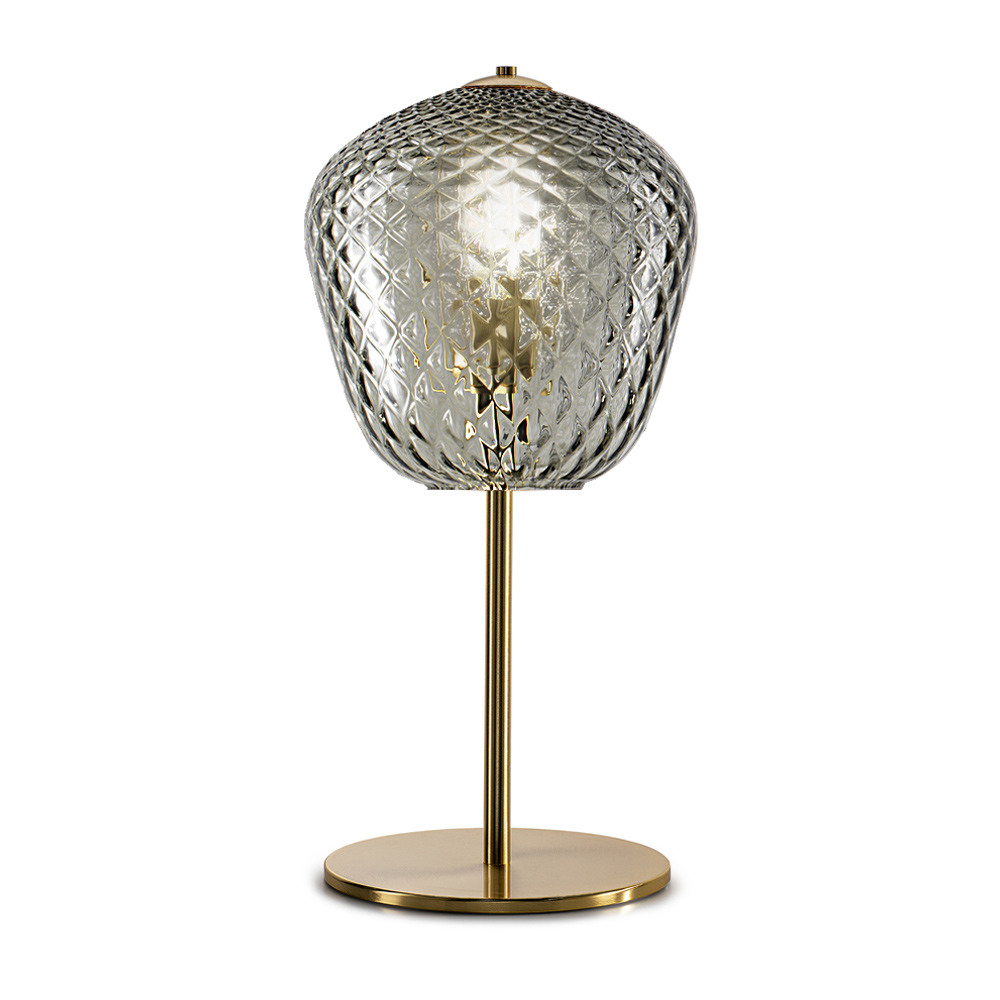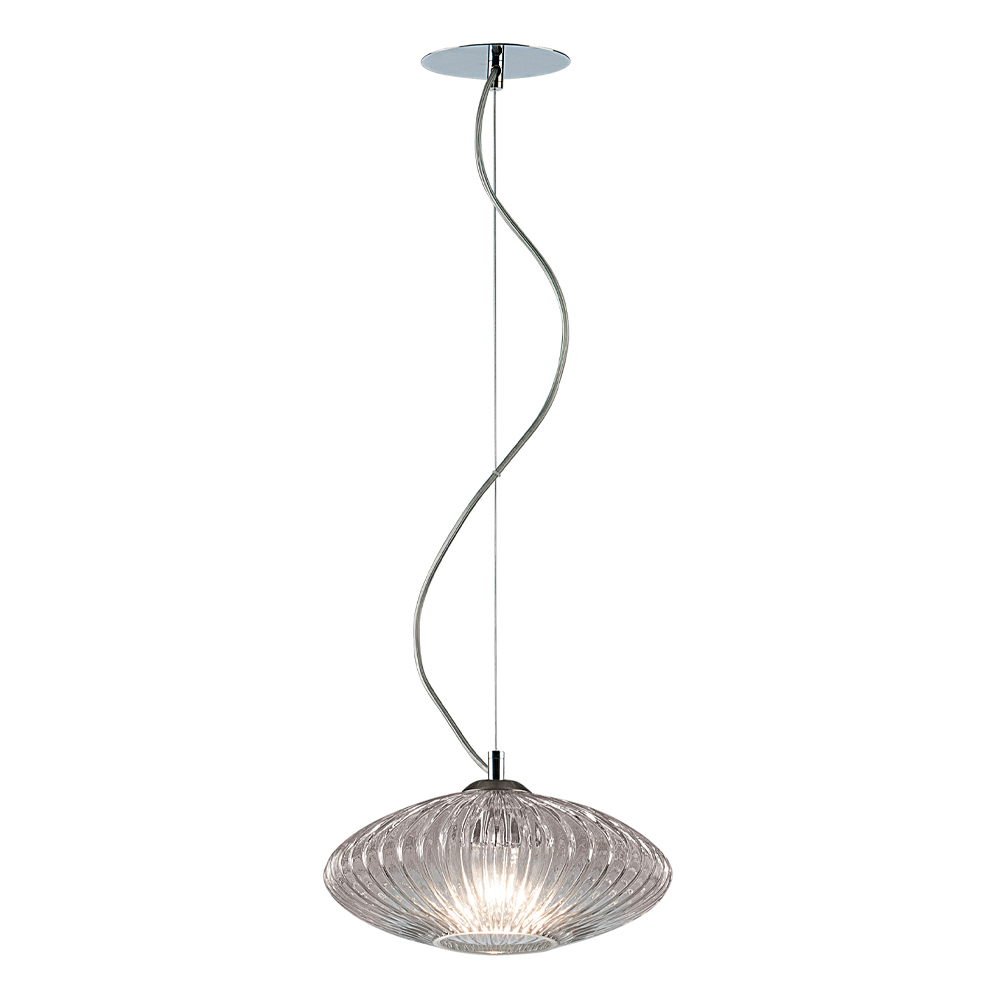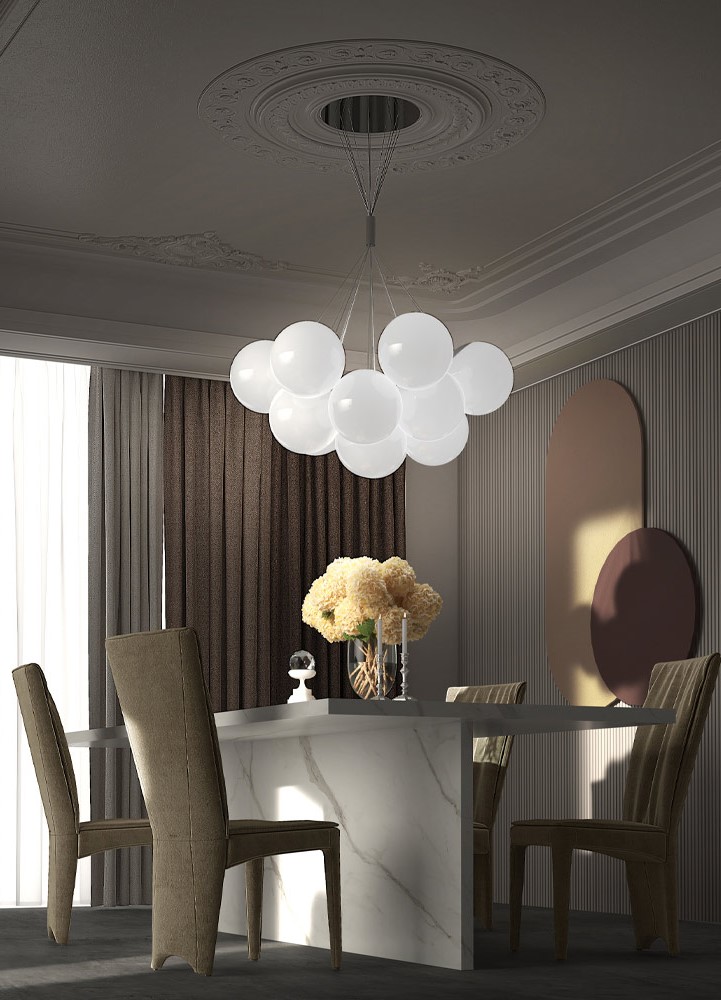Discover our products
Customer service Tel. +390541623760 - Email info@viadurini.co.uk
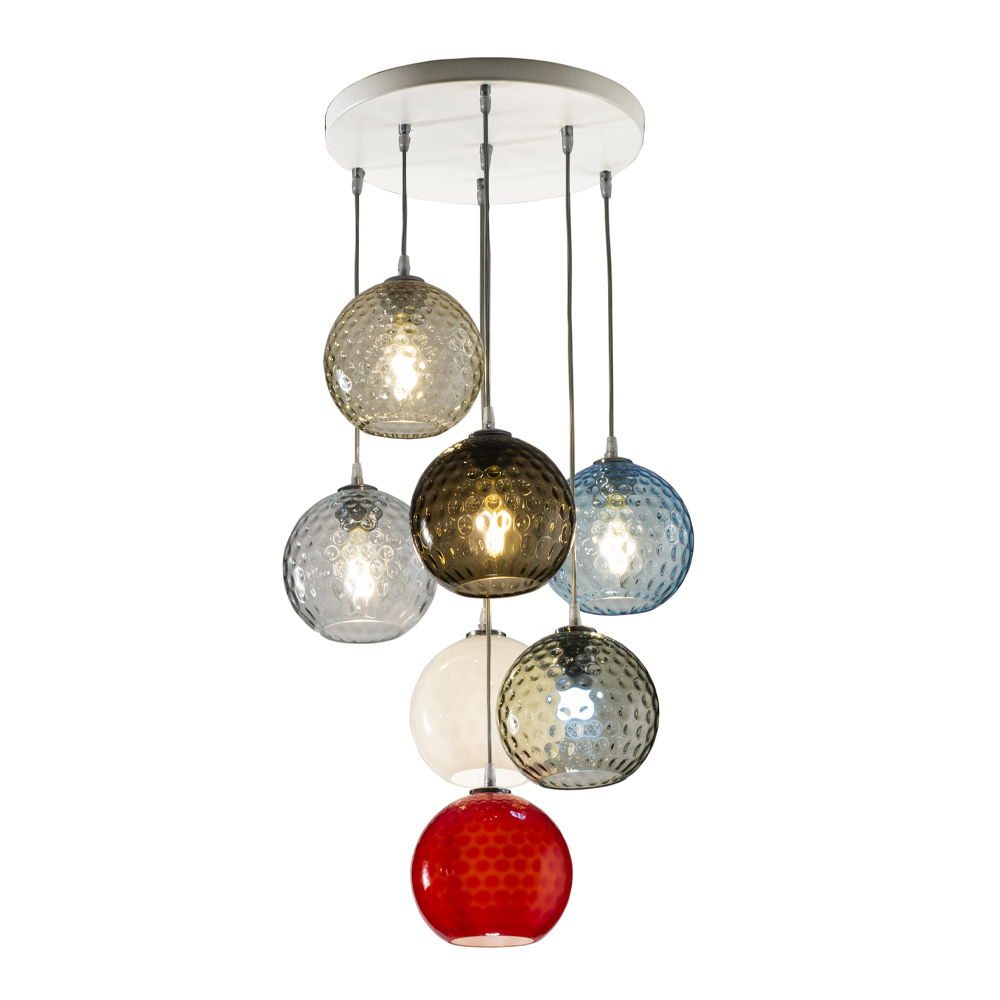 the craftsman uses a metal mold, with small pyramid-shaped points with a square base along the entire internal surface of its circumference.
the craftsman uses a metal mold, with small pyramid-shaped points with a square base along the entire internal surface of its circumference. 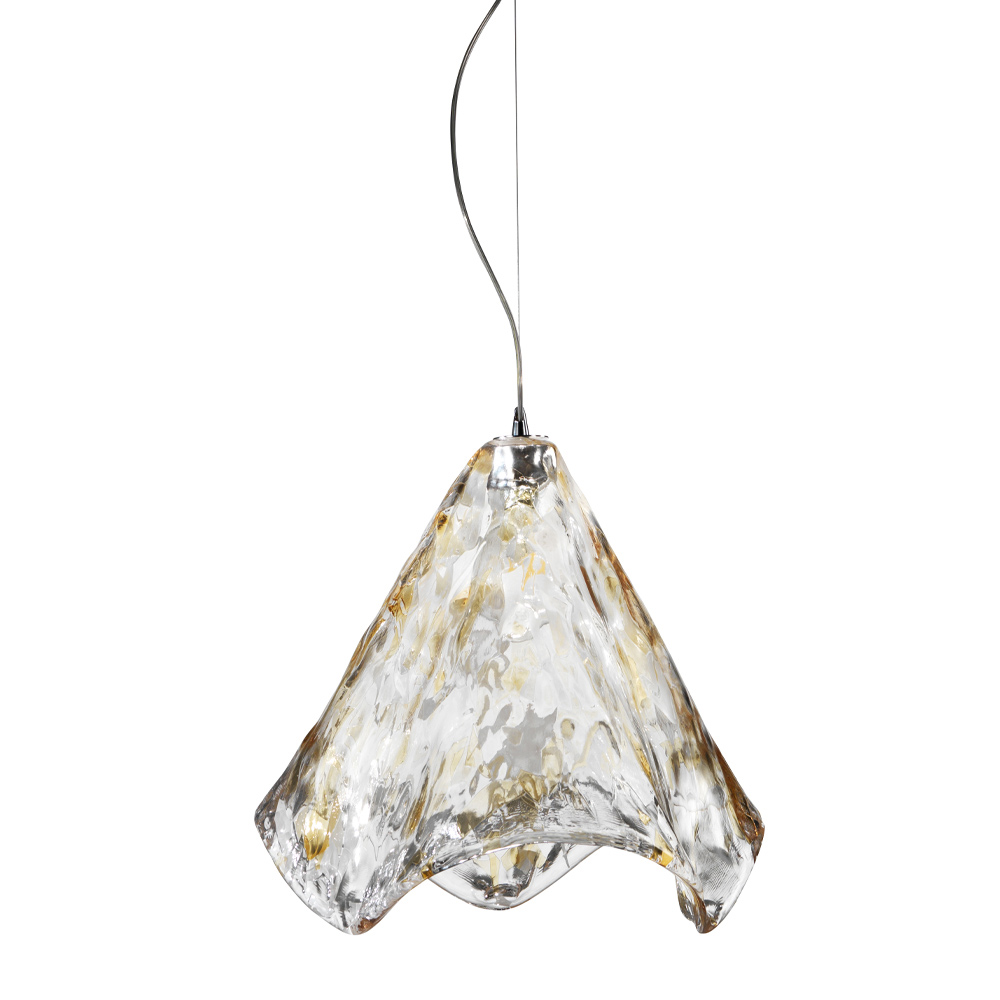 and highly effective chromatic design.
and highly effective chromatic design. 